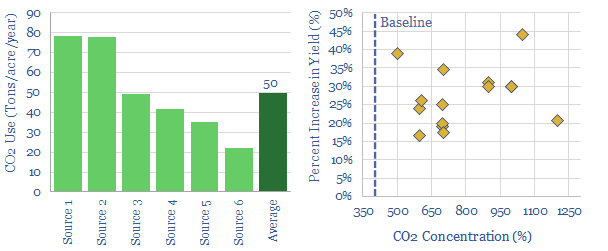
…already under-taken projects using CO2 in agriculture and greenhouses, while industrial gas and monitoring companies can also benefit. But the challenge is scale. Around 50Tpa of CO2 is supplied to…
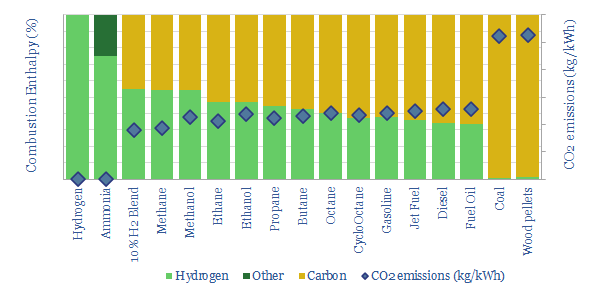
…pellets. There is recent enthusiasm to lower combustion emissions by blending hydrogen into gas grids. But materially greater decarbonization occurs by replacing coal/biomass with gas, or even replacing oil products…
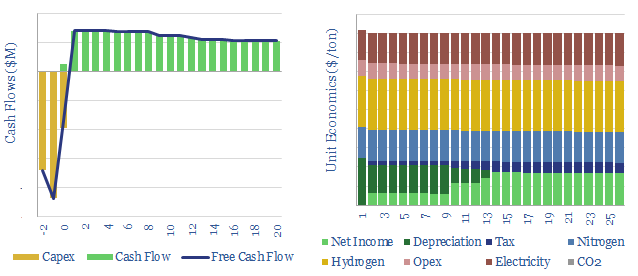
…from $200-1,000/ton, depending on how these variables are stress-tested, with the upper bound describing a facility that is impacted by gas shortages and forced to pay $20/mcf for input gas….
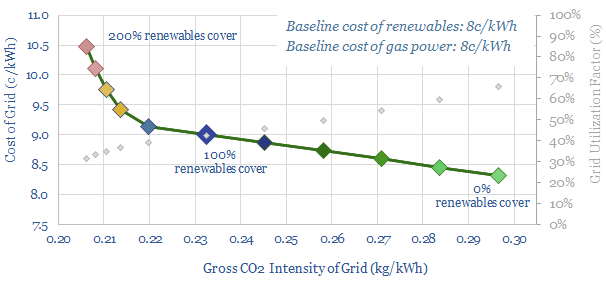
…Four building blocks for a zero-carbon energy mix are outlined on pages 2-5. They include wind, solar, gas-fired CHPs and gas-fired CCGTs. Costs, CO2 intensities and key debates are reviewed…
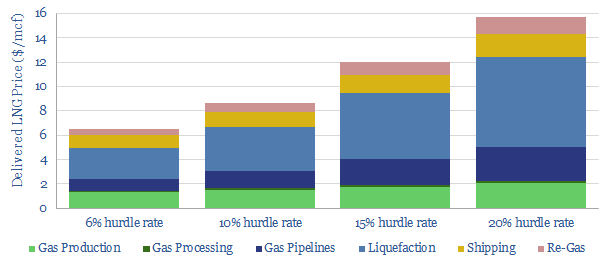
This 13-page note considers five options to cure emerging energy shortages in the gas and power sectors of countries working hard to decarbonize. Unfortunately, the options are mostly absurd. They…
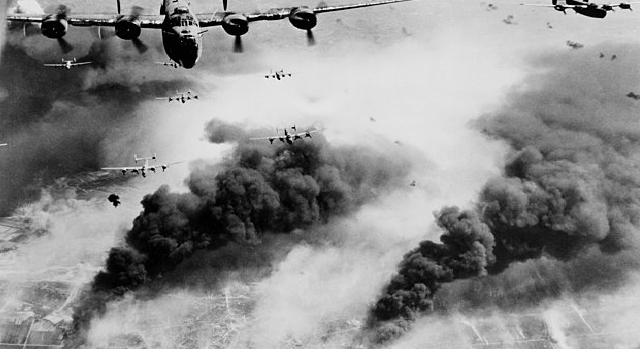
…gasoline derived from coal hydrogenation. This had an octane rating of 87. However, British Spitfires often had access to higher-grade fuel, 100-octane aviation gasoline, supplied by the United States. It…
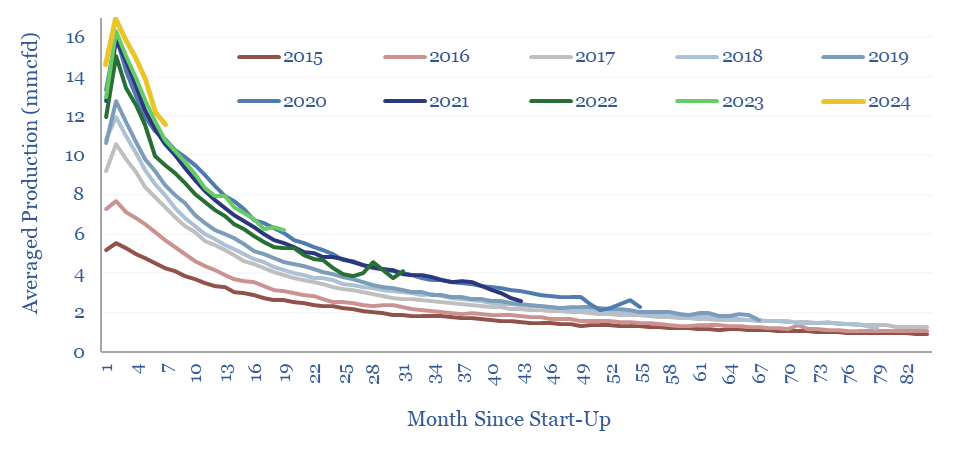
…well productivity are in the data-file. We see rising demand for US gas, as part of our medium-term US gas outlook, and as captured in our US energy model. https://thundersaidenergy.com/2024/10/24/us-natural-gas-the-stuff-of-dreams/…
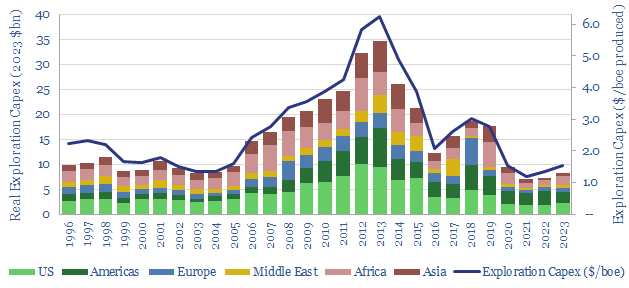
…especially if 50% lower-carbon gas is intended to replace coal as part of the energy transition, per our roadmap to net zero, or more pressingly as Europe faces sustained gas…
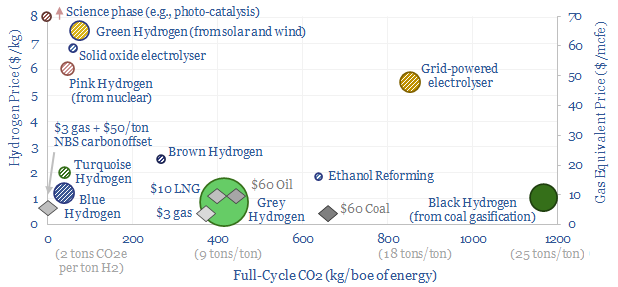
The best opportunities for hydrogen in the energy transition will be to decarbonize gas at source via blue and turquoise hydrogen, displacing ‘black hydrogen’ that currently comes from coal, and…
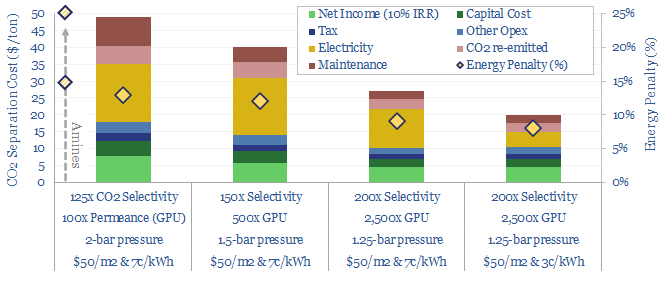
…on page 2. The simplest separation membranes are molecular sieves, with tiny holes, at the exact right size, so one gas will pass through the membrane (permeate) and other gases…










